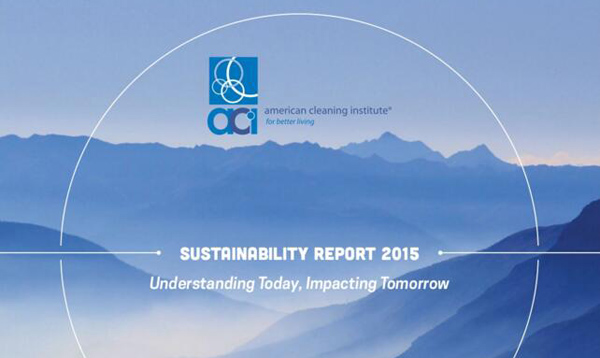Industry News
2015 American Cleaning Institute Sustainability Report

Industry News

Link: 2015 American Cleaning Institute Sustainability Report | GCB
By: DORIS DE GUZMAN
I have been covering the cleaning industry since 2000 because of its connection to the oleochemicals market. The cleaning industry has been one of the front runners in their approach towards sustainability given their products’ role towards health, cleanliness and of course it is constantly being used by consumers every minute, everyday.
The American Cleaning Institute (ACI) recently announced its 2015 Sustainability Report which showcases the cleaning products industry’s progress toward sustainable development and unveils ACI’s first-ever industry “materiality assessment,” which maps the critical risks and opportunities facing its value chain.
The materiality assessment, conducted by sustainability analytics firm Framework LLC, identifies and characterizes those issues that are most material across ACI’s membership and to the industry at large. Companies committed to sustainability have increasingly informed their strategies and reporting by conducting such analyses, but the ACI assessment is among the first across the value chain of an entire industry sector.
The Report shows improvements by member companies in many environmental areas key to ACI, including energy use, greenhouse gas emissions, water use and solid waste generation. It also features an updated summary of ACI social and environmental sustainability programs, as well as details on ACI scientific and research programs.
The top ten issues to the cleaning products industry’s internal and external stakeholders identified by the materiality assessment include:
Copyright of this article by GCB. We are sharing and promoting the market innovation.
If you like this article, kindly to visit greenchemicalsblog.com